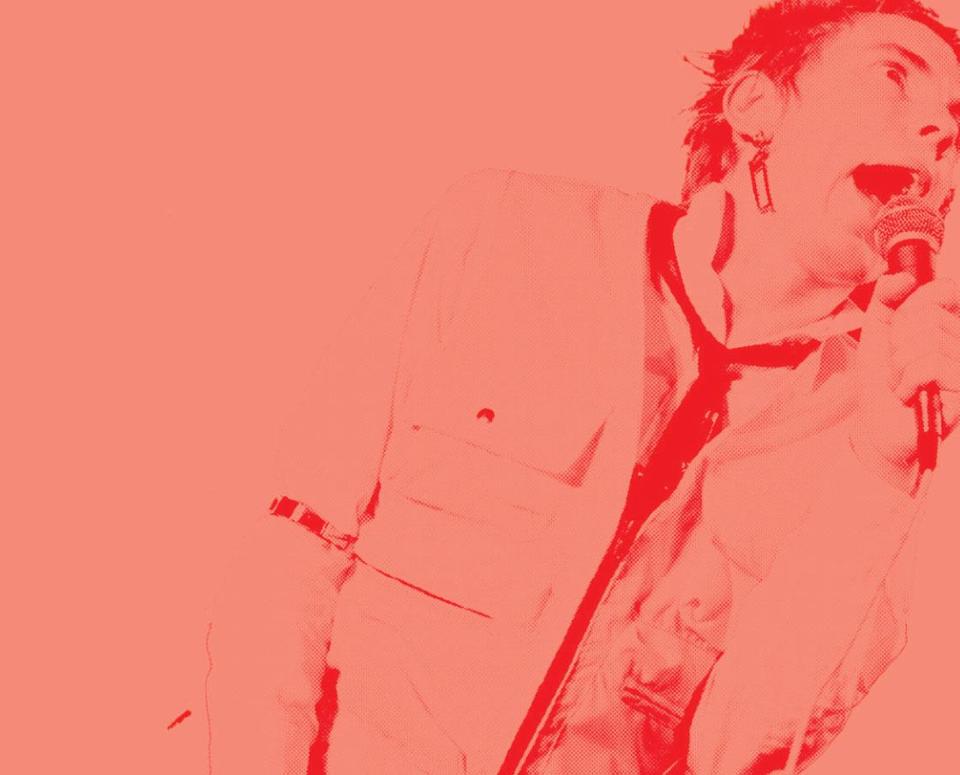
BOSTON GLOBE: It didn’t take long for academics to realize punk was interesting?—?that there might be real ideas lurking under the crashing and banging. Before the ’70s were even over, a young cultural theorist from England named Dick Hebdige had published a book called “Subculture: The Meaning of Style,” in which he analyzed punk among working-class youth in Britain, and traced its intellectual roots to avant-garde movements like Situationism and Dada. A handful of other writers took their shots at defining what seemed like an exciting, if brief, cultural moment. Then, instead of burning out, the punk tribe splintered in spectacular fashion during the ’80s and ’90s, spawning innumerable local scenes around the world and mutating at a steady clip. Some proclaimed that “real” punk was dead, while others saw its influence only spreading. New forms of punk music appeared?—?American hardcore, Oi!, riot grrrl, third wave ska. Today, one can detect the influence of punk at every level of culture: The music can be heard on Broadway as well as basement shows in Allston; the fashion appears on runways and on the kids in the Harvard Square pit. Some Occupy protesters claim a punk lineage. So do some nihilistic skinheads. It didn’t take long for the discord over the true meaning of punk to start leaking into the academic literature. In 1999, a British cultural critic named Roger Sabin published an anthology of academic papers called “Punk Rock: So What?” which was billed as a radical revision of punk’s history: According to Sabin, punk needed to be seen as an enduring, amorphous force in the broader culture, a patchwork of attitudes and competing ideas that permeated not just music but art, literature, and film. Punk studies as it exists today took shape over the next 10 years, as scholars raised ever more specific questions. In addition to broader efforts like Nicholas Rombes’s book, “A Cultural Dictionary of Punk, 1974-1982,” the field has also produced a shelf of more esoteric studies: a scholarly paper on punk cuisine, another exploring the intersection of punk and religion. Marvin Taylor, the curator at the Fales Library at NYU, has investigated the origins of punk’s signature black leather jacket, and traced it back to a couple of Russian-Jewish immigrants who invented it on the Lower East Side in the late 1920s. MORE
